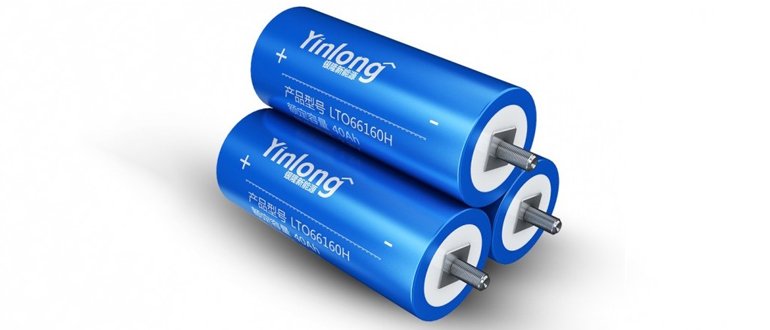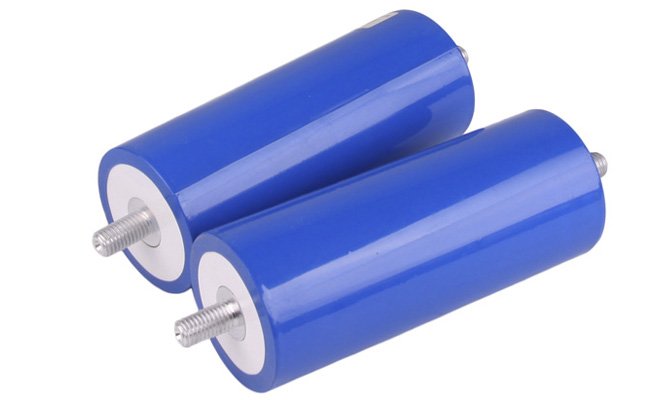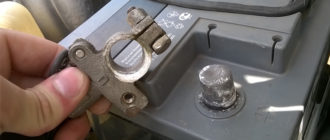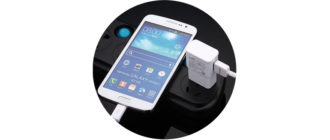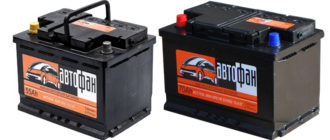A variety of lithium-ion batteries are lithium titanate batteries, in which lithium titanate, the chemical formula of which is Li4Ti5O12, is used as an electrode connected to a positive power source (anode). The development of such devices began to be engaged in the distant 80s.
Content
What is a lithium titanate battery
To date, lithium titanate batteries are a fairly rare type of electric battery, which is why few have heard of them. However, mass distribution is gradually gaining momentum and similar products are widely used in many industries.
The main purpose of the electric energy storage device is the use in modern household appliances, electric vehicles, energy systems and modern gadgets.
How is the production of LTO batteries
Many manufacturers (Seiko, YABO, Toshiba, Altair Nanotechnologies) are gradually starting to introduce the production of Lithium Titanium Oxide, based on modern LTO (titanium oxide) technology. Working on this technology, manufacturers were able to obtain a sufficiently developed nanocrystalline structure of the anode, which actually became the main advantage of the products.
In contrast to the porous carbon used to create other types of lithium batteries, the nanocrystalline structure allows a large anode area to be made “useful”, ensuring the stability of the surface. For example, LTO technology makes it possible to obtain an effective surface area of the anode of approximately 100 m² / g, while with carbon anodes this figure is about 3 m² / g.
Due to the high area of the anode, the charge is transferred much faster, the characteristics of the permissible currents are higher. All this ensures the duration of the device, stability and operational safety.
The principle of operation and device lithium titanate battery
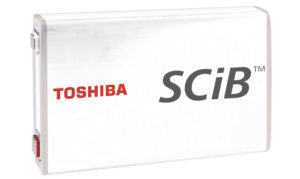 The outer shell of the structure is plastic, composite material, less commonly non-ferrous metal. Many models have metal terminals through which the internal rods contact with the positive, negative voltage and energy consumer. Externally, the device resembles a prism, a cylinder. The positive contact is located at the top, and the negative contact is at the bottom of the battery.
The outer shell of the structure is plastic, composite material, less commonly non-ferrous metal. Many models have metal terminals through which the internal rods contact with the positive, negative voltage and energy consumer. Externally, the device resembles a prism, a cylinder. The positive contact is located at the top, and the negative contact is at the bottom of the battery.
When the battery is working, a certain reaction proceeds in it. Current is accumulated and delivered simultaneously, and the accumulation and supply are much higher than in devices created using other production technologies. Such devices can be charged to the limit in just 6 to 10 minutes. During operation, the battery does not heat up, so overheating is completely eliminated. The basic principle of operation differs little from lithium-ion batteries.
The negative electrode is made in the form of layered graphite. Random processes take place in it, atoms charged with electricity move along the matrix, maintaining voltage. During the discharge, lithium ions interact with oxygen, passing through the cathode are directed out. Charging lithium ions lose their initial voltage and settle on the surface of the anode until the next charge. The charging process is repeated, but in reverse order. During operation, gases can accumulate inside the case, their vapors are discharged through special openings or exhausts.
Technical characteristics of lithium titanate batteries
Foreign and Russian manufacturers are trying to adhere to one standard, this defines the following characteristics:
- 30 - 110 W / kg - energy storage;
- at maximum load, the device gives a specific power of 3,000 to 5,100 W / kg;
- no more than 177 W * h / l charge density;
- rated voltage - 1.9 - 2.4 V, maximum discharge - 1.5 V - 1.7 V;
- cyclic “charge-discharge” efficiency at low currents varies within 95%, at higher currents it drops to 85%;
- 100,000 retains 90% of the battery capacity, 20,000 - 80%, some manufacturers managed to raise the latter to 40,000 discharge-charge cycles.
Batteries made on the basis of LTO are able to work under conditions of severe frost (from minus 40 ° C) and in extreme heat (up to plus 55 ° C). Battery self-discharge per month from 2% to 5%. Some manufacturers define a warranty period of more than 10, or even 20 years, depending on the model.
Lithium titanate battery: pros and cons
The pros can be considered:
- low internal resistance;
- very fast charge;
- uninterrupted and long working hours;
- high characteristics of discharge and charging currents;
- high operational characteristics in adverse weather conditions;
- stability;
- security.
Many people call such products "green" energy sources, due to the fact that the operation of the devices can be considered environmentally friendly. The battery life cycle is significantly increased due to the use of lithium titanate in the manufacture of the anode. The device provides more than 20,000 charge-discharge cycles. At the same time, the disadvantage is that the voltage of such batteries drops depending on their capacity. Reduced operating voltage of 2.4 V due to which the specific energy index decreases. However, speaking about critical operating conditions, these batteries are the most powerful among analogues, as they are able to provide maximum energy flow.
The biggest disadvantage of LTO batteries is their slow implementation. However, most manufacturers are beginning to gradually introduce a relatively new technology for the production of electrical power supplies when creating such units.
Where are LTO batteries used?
The clear advantage of LTO batteries from other power sources makes it possible to widely use this type of battery in electric vehicles, traffic lights, power plants, yachts, and charging stations. Financial facilities, hospitals, backup power systems, communication stations, telecommunication centers, self-governing weather stations, public transport.
When illuminating streets where the main recharge of the power source is due to solar panels that accumulate energy from the sun. You can see a similar design in weather radars, uninterruptible power supplies, for home use, forklifts.
Gradually, this type of battery is beginning to be introduced in other industries. They can be seen in mobile medical devices, wristwatches, camcorders, digital devices and even in cell phones and laptops.
Rules for use and disposal
The primary charge of the device is determined by the chemical reaction of the cathode and anode. Further charge is possible by connecting an external device. LTO batteries are charged only under the condition of supplying direct current, a constant voltage is set to a full charge. Such devices are considered unattended. If the battery is damaged or malfunctioning, it cannot be repaired. Opening the cover of the device immediately destroys the battery plate.
The charge should be checked periodically with special devices. Specialists are required to view the housing for safety, terminals, and if necessary, clean off oxidation and dirt. Contact closure is not permitted.
Batteries are considered hazard class 2 waste. Disposal of such batteries must be carried out in accordance with special regulations.Therefore, manufacturers recommend that when disposing of lithium titanate batteries, they should be taken to special plants, companies that can properly process them.
These energy storage devices have become a breakthrough in modern battery manufacturing. They can rightly be called perfect, effective, safe. However, their large disadvantage is determined by high cost and market deficit.

